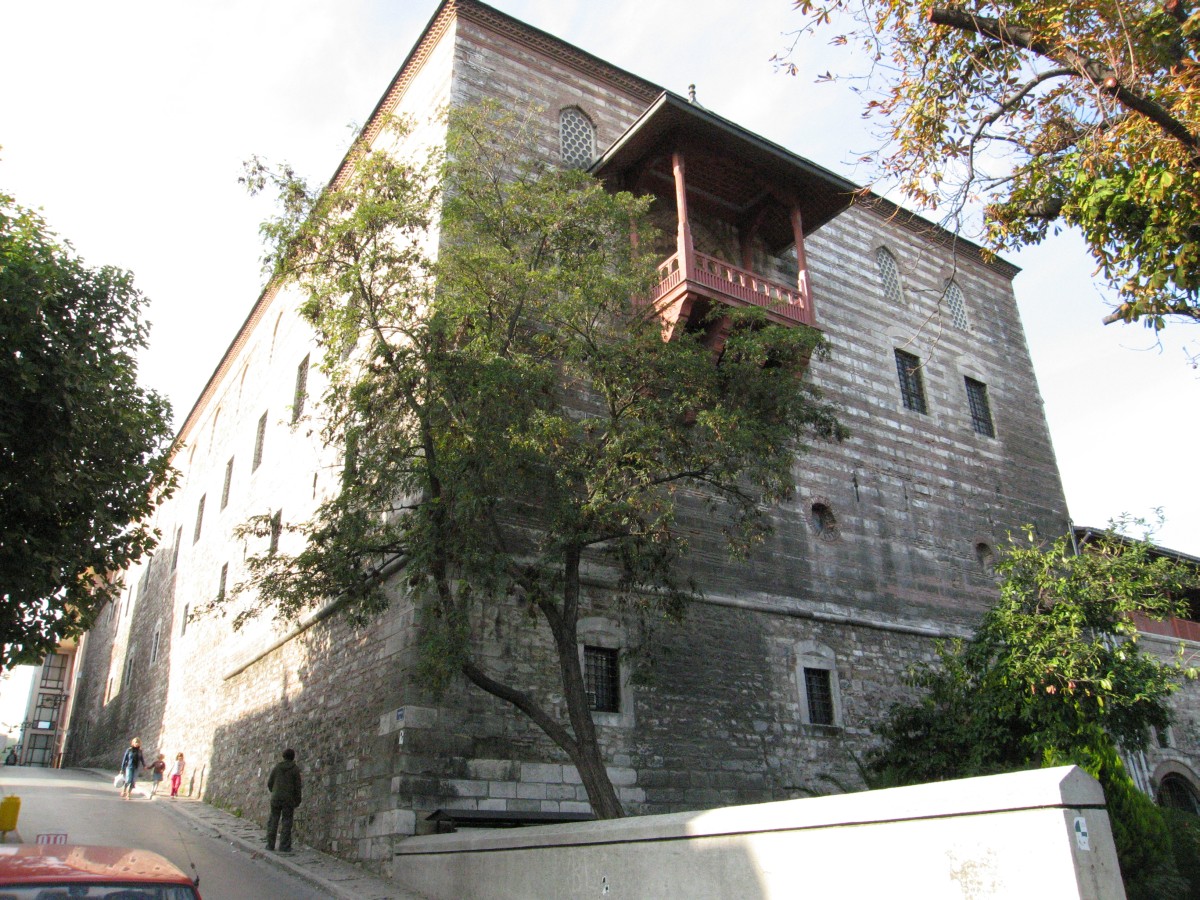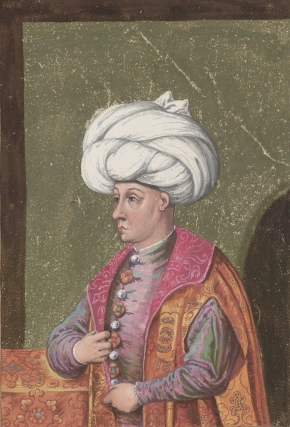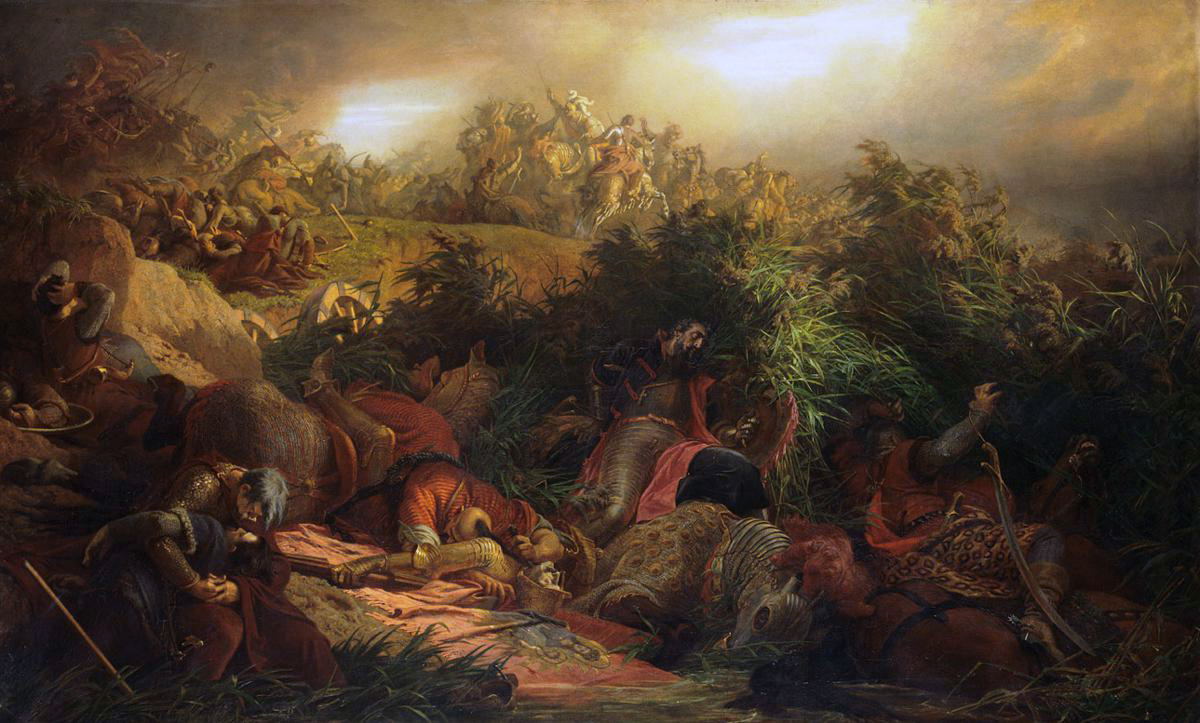|
Divan-ı Hümayun
The Imperial Council or Imperial Divan (), was the '' de facto'' cabinet of the Ottoman Empire for most of its history. Initially an informal gathering of the senior ministers presided over by the Sultan in person, in the mid-15th century the Council's composition and function became firmly regulated. The Grand vizier, who became the Sultan's deputy as the head of government, assumed the role of chairing the Council, which comprised also the other viziers, charged with military and political affairs, the two '' kadi'askers'' or military judges, the '' defterdars'' in charge of finances, the '' nişancı'' in charge of the palace scribal service, and later the Kapudan Pasha, the head of the Ottoman Navy, and occasionally the ''beylerbey'' of Rumelia and the Agha of the Janissaries. The Council met in a dedicated building in the Second Courtyard of the Topkapi Palace, initially daily, then for four days a week by the 16th century. Its remit encompassed all matters of governance of t ... [...More Info...] [...Related Items...] OR: [Wikipedia] [Google] [Baidu] |
Jean-Baptiste Van Mour 007
Jean-Baptiste () is a male French name, originating with Saint John the Baptist, and sometimes shortened to Baptiste. The name may refer to any of the following: Persons * Charles XIV John of Sweden, born Jean-Baptiste Jules Bernadotte, was King of Sweden and King of Norway * Charles-Jean-Baptiste Bouc, businessman and political figure in Lower Canada * Felix-Jean-Baptiste-Joseph Nève, orientalist and philologist * Gui-Jean-Baptiste Target, French lawyer and politician * Hippolyte Jean-Baptiste Garneray, French painter * Jean-Baptiste (songwriter), American music record producer, singer-songwriter * Jean Baptiste (grave robber) – A 19th-century gravedigger in Utah, United States, notorious for robbing hundreds of graves, leading to his exile and mysterious disappearance. * Jean-Baptiste Alphonse Karr, French critic, journalist, and novelist * Jean-Baptiste Bagaza, chairman of Supreme Revolutionary Council in Burundi until 1976 and president of Burundi (1976-1987) * Jean ... [...More Info...] [...Related Items...] OR: [Wikipedia] [Google] [Baidu] |
Tanzimat
The (, , lit. 'Reorganization') was a period of liberal reforms in the Ottoman Empire that began with the Edict of Gülhane of 1839 and ended with the First Constitutional Era in 1876. Driven by reformist statesmen such as Mustafa Reşid Pasha, Mehmed Emin Âli Pasha, and Fuad Pasha, under Sultans Abdülmecid I and Abdülaziz, the Tanzimat sought to reverse the empire's decline by modernizing legal, military, and administrative systems while promoting Ottomanism (equality for all subjects). Though it introduced secular courts, modern education, and infrastructure like railways, the reforms faced resistance from conservative clerics, exacerbated ethnic tensions in the Balkans, and saddled the empire with crippling foreign debt. The Tanzimat’s legacy remains contested: some historians credit it with establishing a powerful national government, while others argue it accelerated imperial fragmentation. Different functions of government received reform, were completely reor ... [...More Info...] [...Related Items...] OR: [Wikipedia] [Google] [Baidu] |
Pargalı Ibrahim Pasha
Pargalı Ibrahim Pasha ( 149515 March 1536), was the first Grand Vizier of the Ottoman Empire appointed by Sultan Suleiman the Magnificent. Ibrahim, born as Orthodox Christian, was enslaved during his youth. He and Suleiman became close friends in their youth. In 1523, Suleiman appointed Ibrahim as grand vizier to replace Piri Mehmed Pasha, who had been appointed in 1518 by Suleiman's father, the preceding Sultan Selim I. Ibrahim remained in office for the next 13 years. He attained a level of authority and influence rivaled by only a handful of other grand viziers of the Empire, but in 1536, he was executed on Suleiman's orders and his property (much of which was gifted to him by the Sultan) was confiscated by the state. Biography Origin Ibrahim was born to Orthodox Christian parents in Parga, Epirus, then part of the Republic of Venice. His ethnicity is unknown, but he probably originally spoke a Slavic dialect and also knew Greek and Albanian. His father was either a sai ... [...More Info...] [...Related Items...] OR: [Wikipedia] [Google] [Baidu] |
Eski Saray
Eski Saray ( Turkish for "Old Palace"), also known as Sarây-ı Atîk-i Âmire, was a palatial building in Constantinople under the Ottoman Empire in the Beyazıt neighborhood of the Fatih district, between the Süleymaniye Mosque and the Bayezid II Mosque. Construction of the palace began shortly after the 1453 conquest and was completed in 1458. Historians of the period including Doukas and Michael Critobulus stated that it was completed in 1455. Evliya Çelebi stated in his ''Seyahatnâme'' that the construction of the palace began in 1454 on the site of an old church and that the palace was surrounded by a solid rectangular wall covered with a blue lead that had a perimeter of 12,000 arşın, approximately equivalent to . Historian Tursun Beg, a contemporary of Mehmed II, mentioned that the palace housed mansions, a harem, the Imperial Council, the throne room where the Sultan carried out state affairs, and its grounds included an area for hunting. When the constructi ... [...More Info...] [...Related Items...] OR: [Wikipedia] [Google] [Baidu] |
Fall Of Constantinople
The Fall of Constantinople, also known as the Conquest of Constantinople, was the capture of Constantinople, the capital of the Byzantine Empire by the Ottoman Empire. The city was captured on 29 May 1453 as part of the culmination of a 55-day siege which had begun on 6 April. The attacking Army of the classical Ottoman Empire, Ottoman Army, which significantly outnumbered Constantinople's defenders, was commanded by the 21-year-old List of sultans of the Ottoman Empire, Sultan Mehmed the Conqueror, Mehmed II (later nicknamed "the Conqueror"), while the Byzantine army (Palaiologan era), Byzantine army was led by List of Byzantine emperors, Emperor Constantine XI Palaiologos. After conquering the city, Mehmed II made Constantinople the new Ottoman capital, replacing Edirne, Adrianople. The fall of Constantinople and of the Byzantine Empire was a watershed of the Late Middle Ages, marking the effective end of the Roman Empire, a state which began in roughly 27 BC and had la ... [...More Info...] [...Related Items...] OR: [Wikipedia] [Google] [Baidu] |
Edirne
Edirne (; ), historically known as Orestias, Adrianople, is a city in Turkey, in the northwestern part of the Edirne Province, province of Edirne in Eastern Thrace. Situated from the Greek and from the Bulgarian borders, Edirne was the second capital city of the Ottoman Empire from the 1360s to 1453, before Constantinople became its capital. The city is a commercial centre for woven textiles, silks, carpets and agricultural products and has a growing tourism industry. It is the seat of Edirne Province and Edirne District.İl Belediyesi Turkey Civil Administration Departments Inventory. Retrieved 1 March 2023. Its population is 180,002 (2022). In the local elections on March 31, 2024, lawyer Filiz Gencan Akin was elected as the new mayor of the city of Edirne, succeeding Recep Gürkan, who had been ... [...More Info...] [...Related Items...] OR: [Wikipedia] [Google] [Baidu] |
Imperial Council Door In The Topkapı Palace, Istanbul, Turkey
Imperial is that which relates to an empire, emperor/empress, or imperialism. Imperial or The Imperial may also refer to: Places United States * Imperial, California * Imperial, Missouri * Imperial, Nebraska * Imperial, Pennsylvania * Imperial, Texas * Imperial, West Virginia * Imperial, Virginia * Imperial County, California * Imperial Valley, California * Imperial Beach, California Elsewhere * Imperial (Madrid), an administrative neighborhood in Spain * Imperial, Saskatchewan, a town in Canada Buildings * Imperial Apartments, a building in Brooklyn, New York * Imperial City, Huế, a palace in Huế, Vietnam * Imperial Palace (other) * Imperial Towers, a group of lighthouses on Lake Huron, Canada * The Imperial (Mumbai), a skyscraper apartment complex in India * Imperial War Museum, a British military museum and organisation based in London, UK * * Imperial War Museum Duxford, an aviation museum in Cambridgeshire, UK * * Imperial War Museum North, a m ... [...More Info...] [...Related Items...] OR: [Wikipedia] [Google] [Baidu] |
Bayezid II
Bayezid II (; ; 3 December 1447 – 26 May 1512) was the sultan of the Ottoman Empire from 1481 to 1512. During his reign, Bayezid consolidated the Ottoman Empire, thwarted a pro-Safavid dynasty, Safavid rebellion and finally abdicated his throne to his son, Selim I. Bayezid evacuated Sephardic Jews, Sephardi Jews from Spain following the fall of the Emirate of Granada, Nasrid Kingdom of Granada and the proclamation of the Alhambra Decree and resettled them throughout Ottoman lands, especially in Salonica. Early life Bayezid II was the son of Şehzade Mehmed (later Mehmed II) and Gülbahar Hatun (wife of Mehmed II), Gülbahar Hatun, an Albanians, Albanian concubine. At the time he was born, his grandfather Murad II was Sultan. When his grandfather died in 1451, his father became Sultan. There are sources that claim that Bayezid was the son of Sittişah Hatun, due to the two women's common middle name, Mükrime. This would make Ayşe Hatun, one of Bayezid's consorts, a first cousin ... [...More Info...] [...Related Items...] OR: [Wikipedia] [Google] [Baidu] |
Süleyman The Magnificent
Suleiman I (; , ; 6 November 14946 September 1566), commonly known as Suleiman the Magnificent in the Western world and as Suleiman the Lawgiver () in his own realm, was the Ottoman sultan between 1520 and his death in 1566. Under his administration, the Ottoman Empire ruled over at least 25 million people. After succeeding his father Selim I on 30 September 1520, Suleiman began his reign by launching military campaigns against the Christian powers of Central and Eastern Europe and the Mediterranean; Belgrade fell to him in 1521 and Rhodes in 1522–1523, and at Mohács in 1526, Suleiman broke the strength of the Kingdom of Hungary. Presiding over the apex of the Ottoman Empire's economic, military, and political strength, Suleiman rose to become a prominent monarch of 16th-century Europe, as he personally led Ottoman armies in their conquests of a number of European Christian strongholds before his advances were finally checked at the siege of Vienna in 1529. On the ... [...More Info...] [...Related Items...] OR: [Wikipedia] [Google] [Baidu] |
Grand Vizier
Grand vizier (; ; ) was the title of the effective head of government of many sovereign states in the Islamic world. It was first held by officials in the later Abbasid Caliphate. It was then held in the Ottoman Empire, the Mughal Empire, the Sokoto Caliphate, the Safavid dynasty, Safavid Empire and Morocco, Cherifian Empire of Morocco. In the Ottoman Empire, the grand vizier held the imperial seal and could convene all other viziers to attend to affairs of the state; the viziers in conference were called "''Kubbealtı'' viziers" in reference to their meeting place, the ''Kubbealtı'' ('under the dome') in Topkapı Palace. His offices were located at the Sublime Porte. Today, the Prime Minister of Pakistan is referred to in Urdu as ''Wazir-e-azam'', which translates literally to grand vizier. Initially, the grand viziers were exclusively of Turk origin in the Ottoman Empire. However, after there were troubles between the Turkish grand vizier Çandarlı Halil Pasha the Younger and S ... [...More Info...] [...Related Items...] OR: [Wikipedia] [Google] [Baidu] |
Mehmed II
Mehmed II (; , ; 30 March 14323 May 1481), commonly known as Mehmed the Conqueror (; ), was twice the sultan of the Ottoman Empire from August 1444 to September 1446 and then later from February 1451 to May 1481. In Mehmed II's first reign, he defeated the crusade led by John Hunyadi after the Hungarian incursions into his country broke the conditions of the truce per the Peace of Szeged, Treaties of Edirne and Szeged. When Mehmed II ascended the throne again in 1451, he strengthened the Ottoman Navy and made preparations to attack Constantinople. At the age of 21, he Fall of Constantinople, conquered Constantinople and brought an end to the Byzantine Empire. After the conquest, Mehmed claimed the title Caesar (title), caesar of Roman Empire, Rome (), based on the fact that Constantinople had been the seat and capital of the surviving Byzantine Empire, Eastern Roman Empire since its consecration in 330 AD by Constantine the Great, Emperor Constantine I. The claim was soon reco ... [...More Info...] [...Related Items...] OR: [Wikipedia] [Google] [Baidu] |






